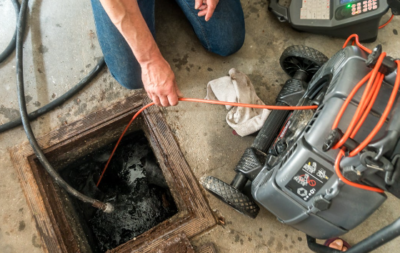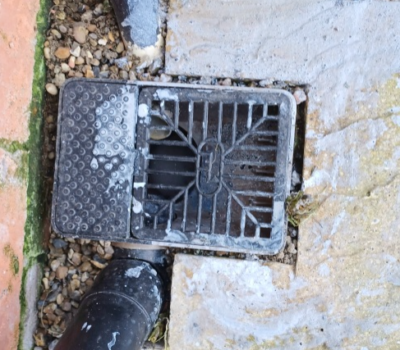CIPP, or cured in place pipe relining, is a trenchless pipe repair process. Let’s take a look at what this process involves and when it is used.
What does CIPP involve?
CIPP drain lining eliminates the need for extensive excavations and disruption. The latest trenchless technology is the most cost-effective solution for dealing with damaged or leaking pipes following a sewer inspection.

When an existing pipe shows signs of leakage, damage or wear, CIPP drain relining allows a brand-new pipe to be created within the host pipe. A pipe relining sleeve formed from epoxy resin and encompassing an inbuilt ‘bladder’ is placed inside the damaged pipe, which will take around two hours to harden and cure.
This process uses an HDPE pipe, which has a lifespan of up to 50 years. HDPE pipes are made from high-density polyethylene and are widely used for the transfer of gas and low-temperature fluids. HDPEs strong molecular bond makes it ideal for high-pressure pipelines.
HDPE pipe is resistant to corrosion; what’s more, due to its flexibility, it can be manoeuvred around difficult corners and spaces. The process is overseen by specialist cameras with the aid of a robotic device.
CIPP drain relining services
A drain relining specialist can give your old pipes a new lease of life, minimising the cost and disruption. Specialist engineers will carry out in-depth surveillance of your sewers to determine the most effective solution and will only carry out work on the areas that need it.

State-of-the-art drain lining Oldbury and the surrounding areas is provided by specialists such as www.wilkinson-env.co.uk/sewer-repairs-drain-lining-concrete-cutting/drain-repairs/oldbury/.
CIPP is particularly effective for emergency situations, such as burst pipes or leaks, or when a blockage occurs in pipes that are already cracked or damaged.
